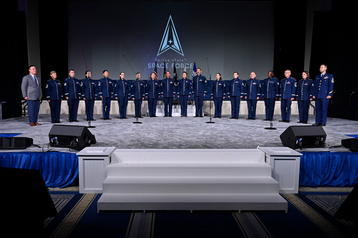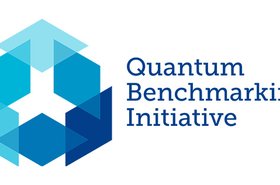The US Space Force is seeking sources to help upgrade a nuclear weapons tracking system that will involve overhauling more than 3 million lines of code to make it ready for cloud environments.
The Space Force is looking to upgrade the compute and software that handle nuclear monitoring and international nuclear weapons treaties. The project involves replacing the Air Force Technical Applications Center (AFTAC) National Data Center with a Geophysical Signal Exploitation System (GeoSES) that can also use cloud computing, reports Military Aerospace Electronics.
The Space Force put out a sources-sought notice earlier this week on Sam.gov.
A document included in the notice states: "The US NDC software baseline dates to the 1990s. It comprises over 3 million lines of code (logical SLOC), written in over a dozen programming languages (including: C, C++, csh, Fortran, Java, Python, Perl, Scheme, SQL).
"The current architecture, characterized by its monolithic nature and tightly coupled components, presents significant challenges to maintainability. This legacy software, developed prior to the adoption of modern architectural and security practices, is incompatible with cloud-ready environments in its current form."
By overhauling the code and upgrading the "core capabilities" of the National Data Center, the Space Force will instead be able to use cloud computing "to further enhance scalability, reliability and cost-efficiency" where practical for its mission to "detect nuclear explosions anywhere on earth, the atmosphere, or in space."
The current National Data Center software dates from the 1990s and is incompatible with cloud environments. Currently, the Space Force is looking to industry for information about the cost and workload required to move to the GeoSES cloud platform.
Details about hardware upgrades are limited, but the notice states that all hardware must conform to AFTAC's Enterprise Infrastructure Baseline. It adds that "hardware, storage, and database requirements must be identified as soon as possible and presented to the AFTAC Infrastructure Strategy Council for approval.
AFTAC maintains a system of more than 3,600 sensors worldwide along with a global network of nuclear event-detection equipment. Its central location is at the Patrick Air Force Base in Florida, and it has 11 laboratories for research and analyzing data and "actual nuclear debris." The main lab, known as the Ciambrone Radiochemistry Lab, spans 38,000 sq ft (3,500 sqm).
Last year, the US Space Force expanded its contract with General Dynamics Information Technology (GDIT) for a cloud-based classified environment for industry collaborations. The expansion aimed to bring in more stakeholders and open up the environment to public cloud providers.







